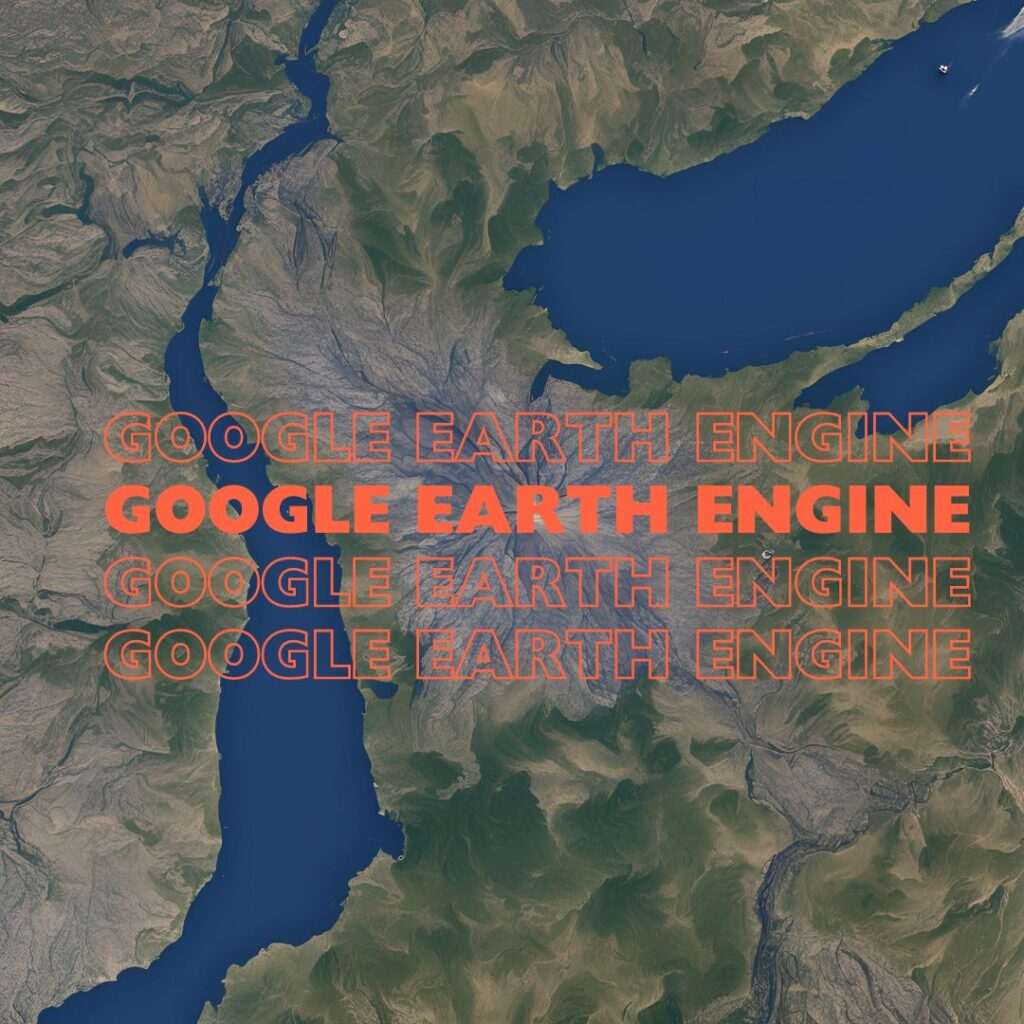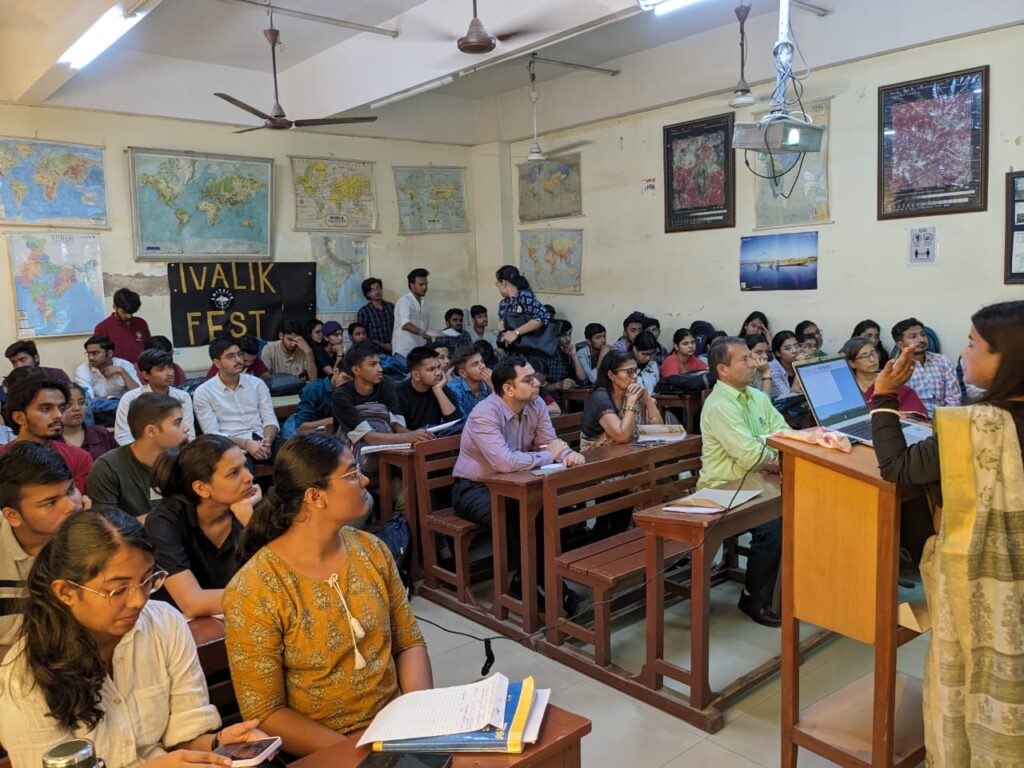In the age of big data, the ability to analyze and visualize geospatial information is more critical than ever. Google Earth Engine (GEE) is a powerful platform designed to handle this very task, offering unparalleled capabilities for data analysis and visualization. Whether you’re a researcher, data scientist, or environmental analyst, GEE can significantly enhance your ability to interpret complex geospatial data. In this comprehensive guide, we’ll delve into the features of Google Earth Engine, its practical applications, and how you can leverage it to achieve your goals.
What is Google Earth Engine?
GEE is a cloud-based platform developed by Google for planetary-scale environmental data analysis. It provides access to a vast archive of satellite imagery and geospatial datasets, enabling users to process and analyze data at scale without needing extensive computing resources.
[Google Earth Engine]
Key Features of Google Earth Engine
- Extensive Data Archive: Google Earth Engine hosts a comprehensive collection of satellite imagery and geospatial datasets, including data from Landsat, Sentinel, MODIS, and more. This archive spans several decades, offering valuable insights into long-term environmental changes.
- Powerful Computational Tools: The platform provides a robust suite of tools for processing and analyzing large datasets. Users can perform complex computations, apply machine learning algorithms, and generate custom analyses efficiently.
- Scalability: Google Earth Engine operates on Google’s cloud infrastructure, allowing users to run large-scale computations without the limitations of local hardware.
- User-Friendly Interface: The Earth Engine Code Editor offers an intuitive environment for coding and visualizing results. It supports JavaScript and Python, catering to a range of programming preferences.
- Visualization Capabilities: With GEE, users can create detailed visualizations of geospatial data, including interactive maps and graphs, to communicate findings effectively.
Practical Applications of Google Earth Engine
- Environmental Monitoring: Researchers use GEE to monitor deforestation, track changes in land cover, and analyze the impacts of climate change. For example, the tool has been used to study the deforestation rates in the Amazon rainforest and assess the effects of wildfires.
- Disaster Response: GEE plays a critical role in disaster management by providing real-time data and analysis for natural disasters such as floods, hurricanes, and earthquakes. This helps in planning emergency responses and assessing damage.
- Agriculture and Land Use: Agriculturalists leverage GEE for precision farming, crop monitoring, and land use planning. By analyzing satellite imagery, they can optimize crop yields and manage resources more efficiently.
- Urban Planning: Urban planners use GEE to analyze urban growth, plan infrastructure, and assess environmental impacts. The platform’s ability to process and visualize large datasets supports informed decision-making in urban development.
Getting Started with Google Earth Engine
To start using Google Earth Engine, follow these steps:
- Sign Up for Access: Visit the Google Earth Engine website and sign up for access. You’ll need a Google account to get started.
- Explore the Code Editor: Once you have access, familiarize yourself with the Earth Engine Code Editor. This is where you’ll write and execute scripts.
- Utilize Tutorials and Documentation: Google Earth Engine provides extensive documentation and tutorials to help you get started. These resources cover everything from basic operations to advanced techniques.
- Join the Community: Engage with the Google Earth Engine community to share insights, ask questions, and collaborate with other users.
Integrating Google Earth Engine with Other Tools
GEE can be integrated with various tools and platforms to enhance its functionality:
- Google Maps API: For visualizing GEE data on interactive maps, you can use the Google Maps API to embed custom maps into web applications.
- QGIS and ArcGIS: These GIS platforms can import GEE outputs for further analysis and visualization. Learn more about integrating GEE with QGIS and ArcGIS.
- Machine Learning Libraries: Combine GEE with machine learning libraries such as TensorFlow or Scikit-Learn for advanced data analysis and predictive modeling.
Conclusion
GEE is a transformative tool for geospatial data analysis and visualization, offering extensive data resources and computational power to tackle complex environmental and urban challenges. By leveraging its capabilities, you can gain valuable insights, improve decision-making, and contribute to a better understanding of our planet.
To stay updated on the latest developments and best practices in geospatial data analysis, follow our blog and explore additional resources.
Internal Links:
- How to Integrate Google Earth Engine with QGIS
- Top 5 Remote Sensing Applications for Environmental Monitoring
External Links:
Conclusion
Hashtags: #GoogleEarthEngine #GeospatialData #RemoteSensing #DataAnalysis #EarthObservation


